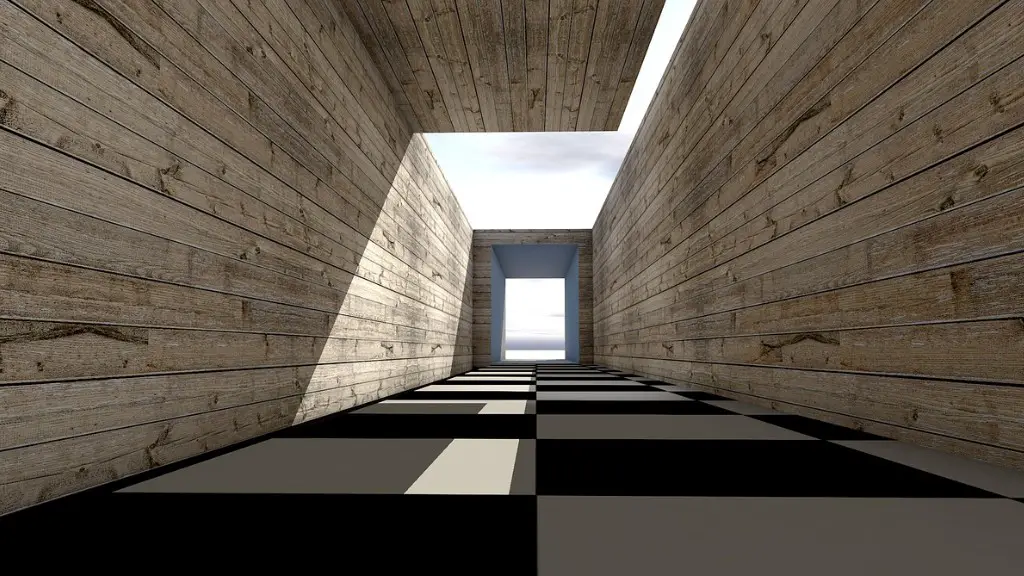Background Information
Architecture diagrams are visual representations of complex software architectures, including the relationships among components. They are also known as architecture blueprints, and provide a high-level overview of the design of a given system. The primary purposes of architecture diagrams are to demonstrate the behavior and structure of specific applications and systems, enabling architects and developers to understand their designs more quickly and deeply.
Modern architecture diagrams are created using Computer-Aided Design (CAD) programs like AutoCAD and ArchiCAD, and more recently with specialized diagramming tools like Gliffy, LucidChart, and PlantUML. All these tools are designed to allow architects and developers to easily create, share, and edit architecture diagrams.
Creating an Architecture Diagram with HTML
Creating an architecture diagram using HTML coding is possible, but it is time-consuming and difficult. Nonetheless, it can be done by leveraging a powerful third-party library called GoJS. GoJS can be used to implement graphical behavior and structure in web pages, allowing developers to create diagrams that leverage the flexibility and extensibility of HTML and JavaScript.
A basic HTML layout for an architecture diagram should include a div element, containing a canvas element, for positioning the diagram. The size of the canvas should be determined by its containing element, with the appropriate width and height values determined dynamically based on its content.
Next, create a GoJS Diagram object to represent the diagram’s data and the links connecting the nodes. Configure the Diagram properties including the size, position, and shape of the nodes. The diagram can be initialised with a NodeTemplate, LinkTemplate, and Layout to set the initial content and layout for the nodes and links.
Adding Interactivity to the Diagram
Adding interactivity to the diagram is likely to be the most time consuming part of the process. To achieve this, three key elements need to be taken into consideration: data binding, data context and templating.
Data binding is used to connect the program data with the user interface, so that when the data is changed, the interface will adapt automatically by updating itself to reflect the changes. In the context of an architecture diagram, data binding allows the diagram’s contents to be dynamically updated based on changes in the underlying data.
Data context is used to provide an API for accessing and manipulating diagram elements. GoJS provides an API that allows developers to perform actions like adding, editing, and deleting nodes and their links.
Template is used to define the structure of the diagram. For example, developers can define a NodeTemplate to set the initial state of the nodes and its structure, as well as a LinkTemplate to define the shapes, connections, and styles of the links.
Advanced Features
Adding advanced features like collision detection and automatic layout to the diagram could also be beneficial. Collision detection is used to detect overlapping nodes, so that the layout can be adjusted to prevent overlapping nodes from touching. It is also possible to adjust the diagram layout automatically, ensuring that all nodes are visible and that their relationships are comprehensible.
The layout of the diagram should also be adaptive, allowing users to zoom and expand the diagram from a single page view to a page containing multiple diagrams. To achieve this, a library like GoJS can be used to adjust the layout of the diagram as the user zooms and pans the page, ensuring an intuitive and responsive user experience.
Embedding the Diagram in an Application
Once all the components of the architecture diagram have been designed and configured, it can be embedded in an application. GoJS provides a JavaScript library that allows developers to easily embed the diagram into any web page. The library allows the diagram to be displayed within a DOM element, and it can also be used to allow users to interact with the diagram, allowing them to add, delete, and modify nodes and links.
Conclusion
Creating an architecture diagram using HTML is a complex process, but with the right tools, it can be done. GoJS provides an easy-to-use library that allows architects and developers to integrate their diagrams into web applications, enabling them to quickly and efficiently create diagrams that are both attractive and functional. With a few lines of HTML code, developers can create architecture diagrams that are both powerful and visually appealing.
Applications and Uses
Architecture diagrams are incredibly useful for many different applications. Architects use them to effectively communicate their design intent to stakeholders, while developers can use them to quickly visualize the behavior and structure of their applications. They are also used by system administrators to quickly identify issues with a given application and take necessary steps to resolve them.
Benefits for Developers
Using architecture diagrams has many benefits for developers. They allow developers to quickly gain an understanding of the behavior and structure of an application. This makes it easier to identify issues, anticipate potential problems, and ensure that the code is maintainable. Additionally, architecture diagrams can be used to break down complex tasks into smaller and more manageable components, enabling developers to quickly assess their progress, make necessary changes, and reduce the complexity of the project.
Importance of Good Design
Good design is critical when creating an architecture diagram. By using a powerful and intuitive tool like GoJS, developers can create diagrams that are attractive and informative, while also providing a graphical representation of their system architecture. Poorly designed diagrams can make it difficult to identify problems, spot discrepancies, and comprehend the design intent, while also negatively impacting the user experience.
Best Practices
When creating architecture diagrams, there are several best practices to keep in mind. Keep the diagram simple and uncluttered, only adding information that is relevant to the design. Separate the diagram into distinct layers to make it easier to comprehend and manage. And finally, consider the data context and interactions, leveraging data binding and templating to make the diagram interactive and intuitive. By following these best practices, developers can ensure that their architecture diagrams are informative and effective.


